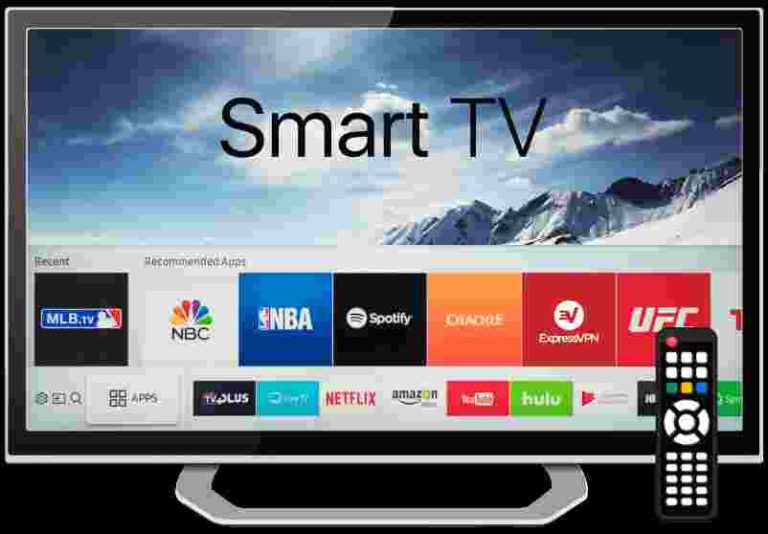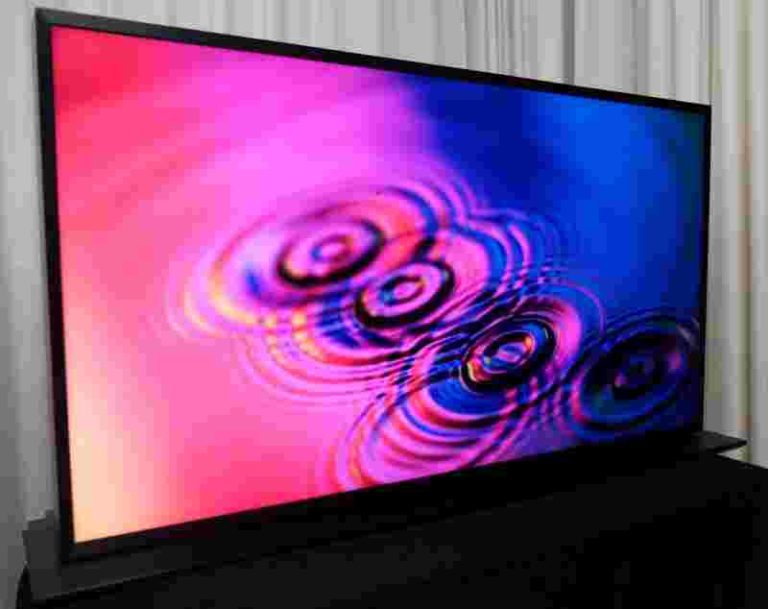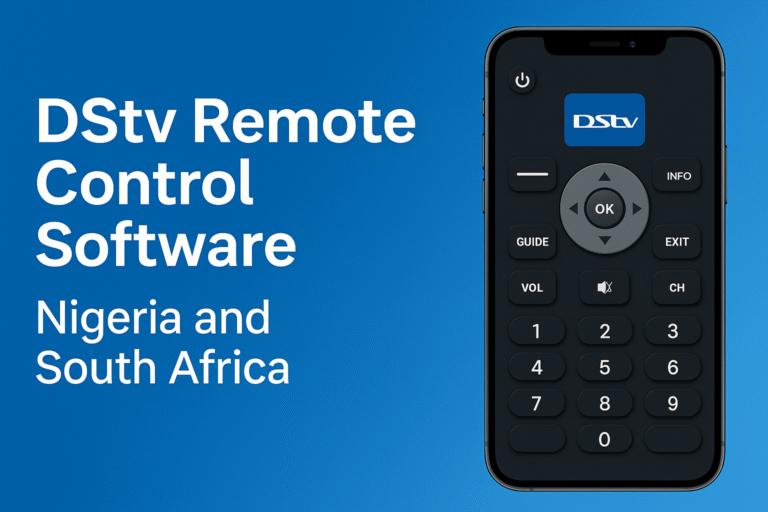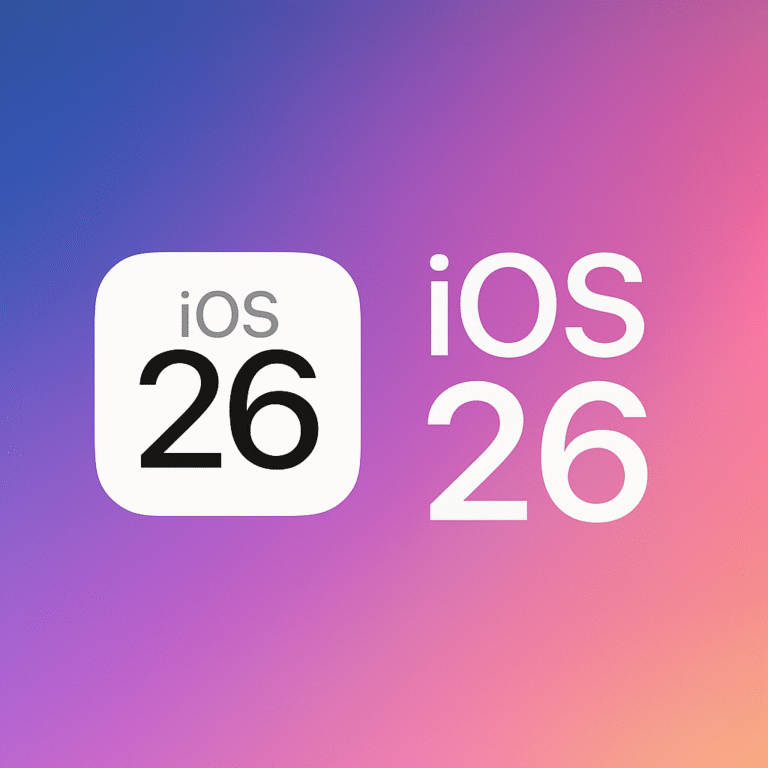Are you thinking of how to maximize your digital TV viewing pleasure? The OLED TVs have been engineered to give you just that. I went down history lane to discover that in the beginning, it was the bulky monochrome television sets popularly known as black and white screen televisions. Those cathode ray tube displays consumed a lot of energy and gave out poor displays in monochrome pattern, which eventually paved way for the color display platform.
Now, the TV technology platform has been overtaken by the more compact, energy-efficient, flat-panel alternatives such as LCDs (both fluorescent-backlit and LED-backlit) and plasma displays TV technologies. However, the emergence of the OLED displays was a major hardware revolution that began penetrating the consumer computer monitor market in the late 1990s and soon spread to TV sets. With OLED TV technologies, you maximize your digital TV viewing pleasure.
An OLED TV screen employs a new display technology technically known as OLED (Organic Light Emitting Diodes). OLED televisions are brighter, more efficient, thinner and feature better refresh rates and contrast than either LCD or Plasma. OLED TVs deliver the best picture quality ever. Now you can imagine what it looks like to connect your digital satellite decoder to an OLED display, home cinema TV.
Let me tell you more about the features of this state-of-the-art OLED display TVs;
Technology and Features of the OLED TV
From some research I conducted on the production technology of OLED TVs, I discovered that OLEDs are made by placing thin films of organic (carbon based) materials between two conductors. A very bright light is emitted when electrical current is applied. The OLED materials emit light and do not require a backlight (unlike LCDs). Each pixel is a small light-emitting diode, in fact. OLED TV panels offers several advantages over LCDs:
- Faster refresh rate, better contrast and better color reproduction
- Thin and light: Although we do not intend to advertise any particular brand, the LG’s 55″ EM9700 for example is just 4mm thick and weighs just 3.5 Kg. Some OLED panel prototypes are merely 0.3 mm thick!
- Better viewing angle – almost 180 degrees
- Greener: OLEDs draw less power, and contain no toxic metals (some OLED materials use a tiny amount of Iridium, a non-toxic heavy metal)
- OLED panels can potentially be made flexible and/or transparent…
Rumors have it that some big TV technology companies are working on launching the first 60” rollable OLED TV by 2017.
So maybe you could just roll it when you want to watch some TV, and then remove it when not needed. Or perhaps the OLEDs will be so thin and transparent that they will just be invisible when not in use – you’ll just see the bare wall, but when lit up, it’ll display your TV picture.
Most digital satellite pay-tv operators now have HD decoders which when combined with such TVs as the OLED, the display becomes unbeatable. My interest is not in the brand publicity but to expose the OLED TV technology, which guarantees maximum digital TV viewing pleasure.
For more news on latest Digital Technology devices, subscribe to our free bulletin, and do not forget to share with friends and family as this can help them make more informed choices when purchasing their next TV in order to maximize their viewing pleasure.









